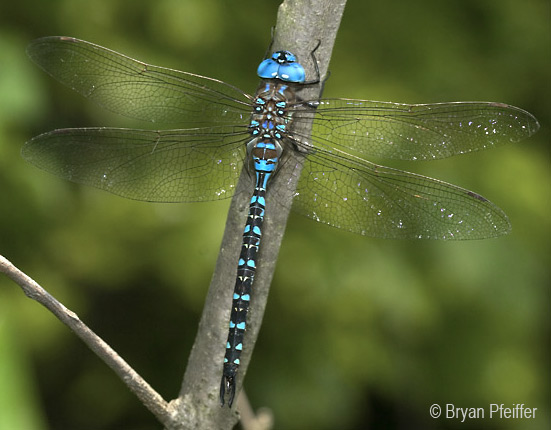Never before has Vermont known more about the diversity of life within its borders. Yet never before have we needed to know more. Vermonters cannot respond effectively to climate change, natural disasters, invasive species, and other environmental and economic threats without a deeper, understanding of the state’s living resources. To that end, VCE continues to gather data and expand our knowledge of this state’s biodiversity – an exciting program here that we call Vermont Atlas of Life (VAL).
One year ago, VCE expanded VAL by adding yet another way for citizen naturalists to contribute observations from nature to the exploding body of knowledge now gathered at VAL: we tapped the iNaturalist web portal to allow anyone to report on virtually anything they find in nature – from mice to moose, orchids to oaks.
In its first year, the iNaturalist portal has soared beyond our expectations. It guided us to plants and animals, some quite rare, that we never new existed in the state. iNaturalist has been a welcome addition to the three additional ways we now gather data for VAL: eBird, Vermont eButterfly, and Odonata Central.
Now that iNaturalist has completed its first year, here’s a snapshot from the VAL archives:
- 2,177,132: Birds counted and reported to Vermont eBird in 2013
- 24,227: Observations submitted to iNaturalist Vermont through 2013
- 6,728: Dragonfly and damselfly records now in the VAL database
- 5,547: Locations in Vermont with a bird checklist report in 2013
- 4,026: Potential vernal pools identified for the Vermont Vernal Pool Mapping Project
- 3762: Species reported through iNaturalist so far
- 2,947: Butterflies reported to eButterfly in 2013
- 1,376: Vermont eBird members
- 644: Vernal pools field-confirmed so far
- 270: Bird species reported to Vermont eBird in 2013
- 245: iNaturalist Vermont members
- 17: Bumble Bee species historically known from Vermont
-
12: Bumble Bee species found in Vermont during VCE’s two-year survey
-
4: Bumble Bee species extinct or in trouble in Vermont
To join or learn more, visit VCE’s Vermont Atlas of Life or its iNaturalist portal. Or contact Kent McFarland.

